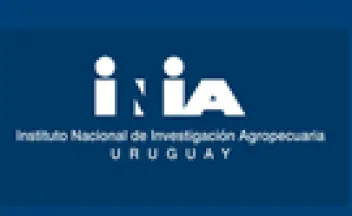Critical Nitrogen Concentration of Annual Ryegrass and Tall Fescue Under Phosphorus Deficient and Sufficient Conditions. [preprint article].

ABSTRACT.- Nitrogen (N) and phosphorus (P) deficiencies commonly limit plant growth in agroecosystems. While critical N concentration dilution curves (Nc) are widely used to assess N status in crops and pastures, it remains unclear whether P deficiency alters Nc values. This study aimed to evaluate the effect of P deficiency on Nc. For this, a factorial combination of several N and P fertilization rates was applied in eight field experiments, carried out during winter and spring, across Uruguay and Argentina, on annual ryegrass (Lolium multiflorum L.) and perennial tall fescue (L.
